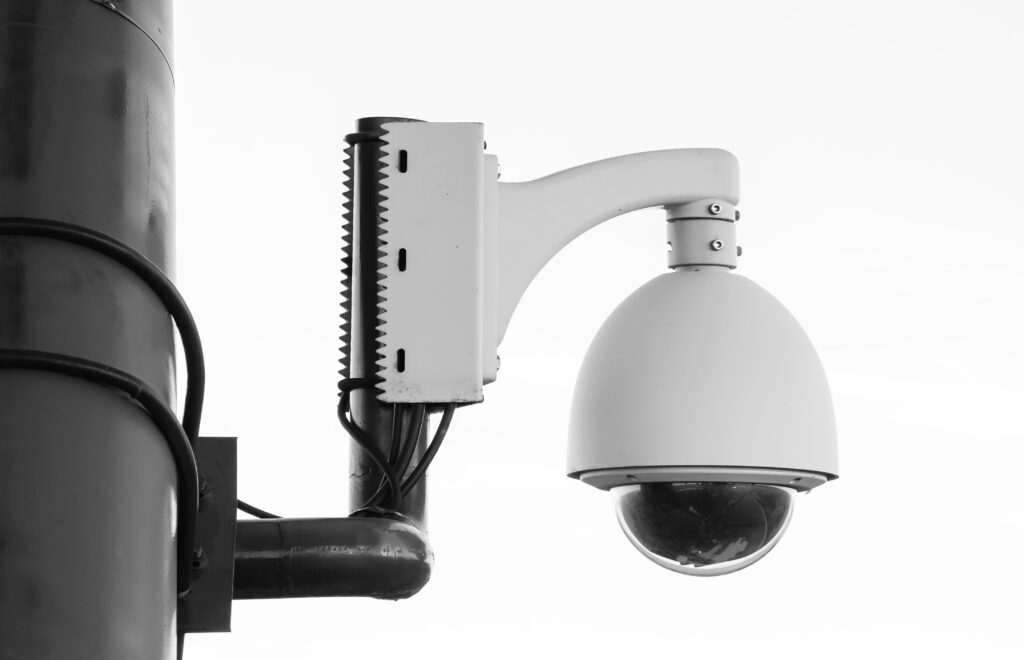In an era defined by rapid digital transformation, cybersecurity best practices are a critical priority for businesses worldwide. As cyber threats continue to evolve in sophistication and scale, organisations must stay vigilant and proactive in protecting their sensitive data and digital assets.
The Rise of Cyber Threats
In recent years, cyber threats have become more pervasive and damaging, targeting organisations of all sizes and industries. From ransomware attacks and phishing scams to data breaches and supply chain vulnerabilities, businesses face a myriad of cybersecurity challenges that require robust defences and proactive measures.
Emerging Threats in 2024
In 2024, cybercriminals are leveraging advanced tactics and technologies to exploit vulnerabilities and infiltrate networks. One notable trend is the rise of AI-powered cyber attacks, where threat actors use artificial intelligence and machine learning algorithms to automate and enhance their malicious activities. These AI-driven attacks pose a significant threat to organisations, as they can evade traditional security measures and cause widespread damage. In fact, AI has the capability to be able to crack your password that is 8 characters long, consisting of numbers, and upper & lower case letters in just 48 minutes! We find this particularly daunting as that is the most common format when creating a password.
Another emerging threat is the proliferation of ransomware-as-a-service (RaaS) platforms, which enable cybercriminals to launch ransomware attacks with minimal technical expertise. RaaS models provide cybercriminals with ready-made ransomware tools and infrastructure, fueling the growth of ransomware attacks targeting businesses of all sizes.
Additionally, the expansion of the Internet of Things (IoT) ecosystem has introduced new cybersecurity challenges, as connected devices create potential entry points for cyber attacks. Insecure IoT devices can be compromised and exploited to launch distributed denial-of-service (DDoS) attacks or gain unauthorised access to sensitive data.
Cybersecurity Best Practices in 2024
Despite the evolving threats, there are proactive steps that businesses can take to strengthen their cybersecurity posture and mitigate risks effectively. Here are some cybersecurity best practices to consider:
- Implement a Multi-Layered Security Approach: Adopt a multi-layered security strategy that includes firewalls, intrusion detection systems, endpoint protection, and security awareness training for employees. Layered security defences can help detect and prevent cyber threats at multiple points of entry.
- Embrace Zero Trust Security: Adopt a zero-trust security model that assumes no trust by default, requiring verification for all users, devices, and applications attempting to access network resources. Zero trust principles help minimise the risk of unauthorised access and lateral movement within networks.
- Keep Software and Systems Up to Date: Regularly patch and update software applications, operating systems, and firmware to address known vulnerabilities and protect against exploits. Vulnerability management and patch management are critical components of effective cybersecurity hygiene.
- Conduct Regular Security Audits and Assessments: Perform regular security audits and risk assessments to identify potential vulnerabilities and gaps in cybersecurity defences. Regular audits help ensure compliance with industry regulations and standards while identifying areas for improvement.
- Partner with a Trusted Cybersecurity Provider: Collaborate with a reputable cybersecurity provider like Kew Solutions to assess your cybersecurity posture, develop tailored security solutions, and provide ongoing monitoring and support. A trusted cybersecurity partner can help you stay ahead of emerging threats and adapt to evolving cybersecurity challenges effectively.
Conclusion
As cyber threats continue to evolve and grow in complexity, businesses must prioritise cybersecurity to safeguard their digital assets and maintain trust with customers and stakeholders. By staying informed about emerging threats, implementing cybersecurity best practices, and partnering with a trusted cybersecurity provider, organisations can navigate the evolving cybersecurity landscape with confidence and resilience in 2024 and beyond.
Contact our team of highly experienced engineers to discuss how we can make cyber threats to your business a thing of the past!









